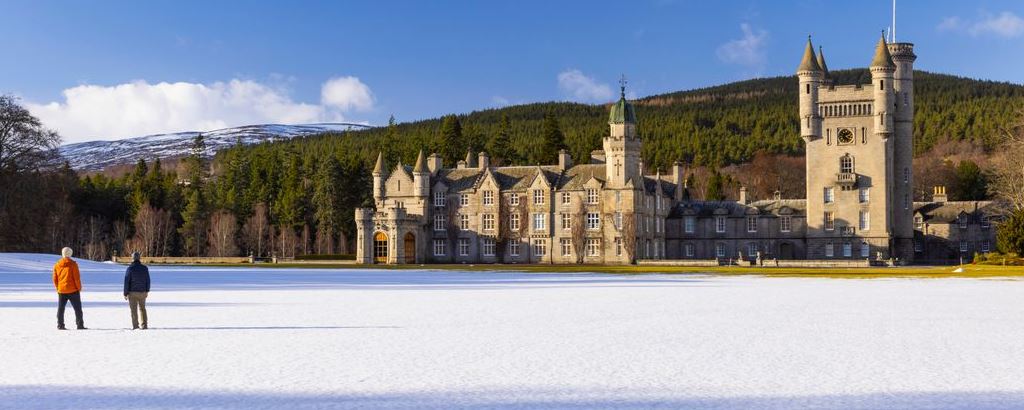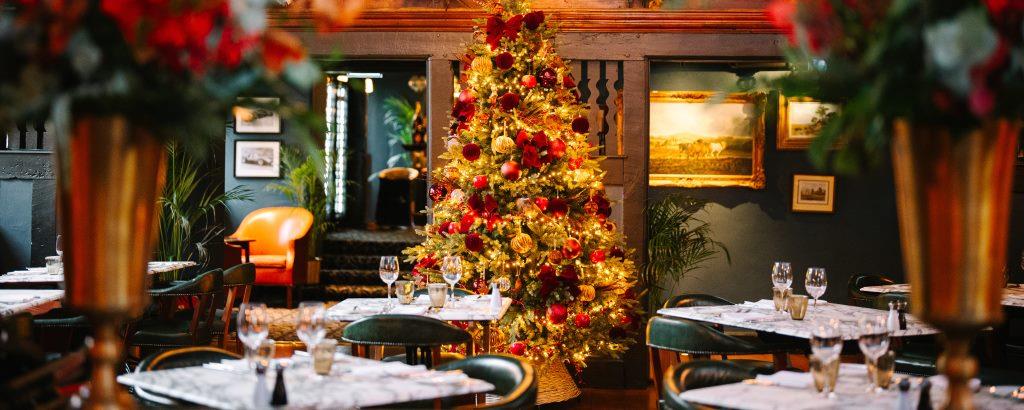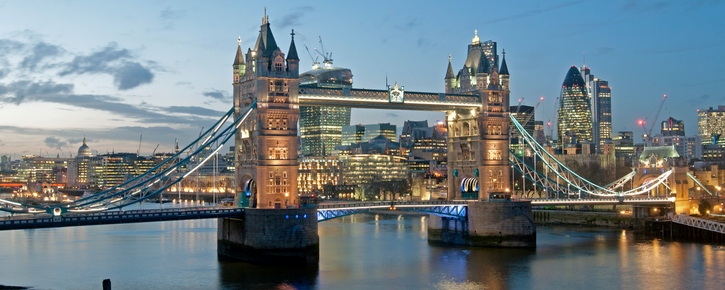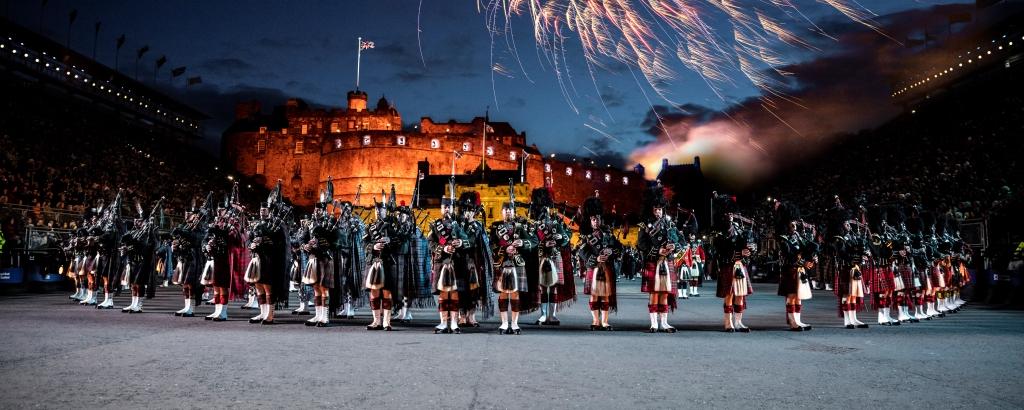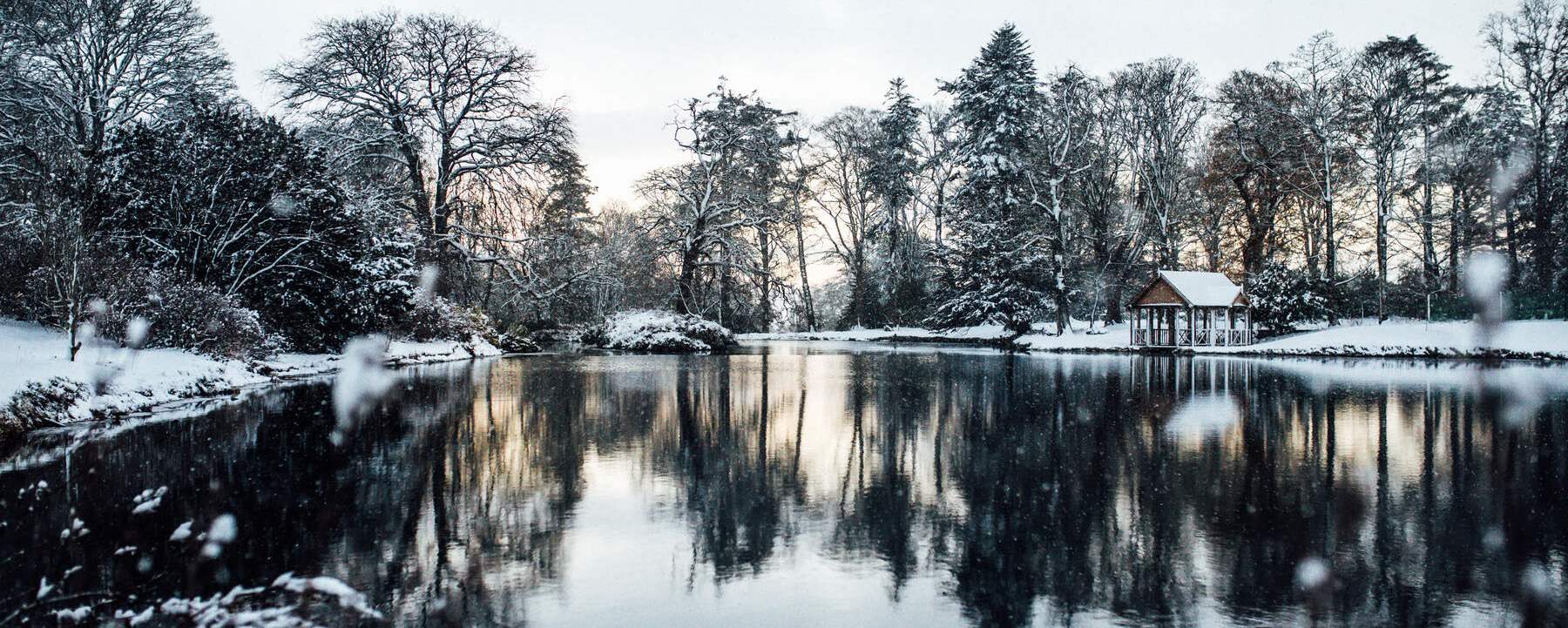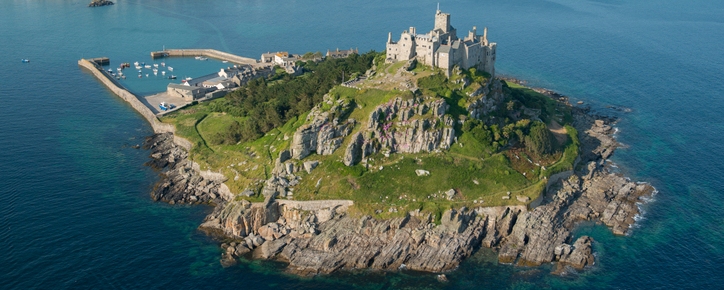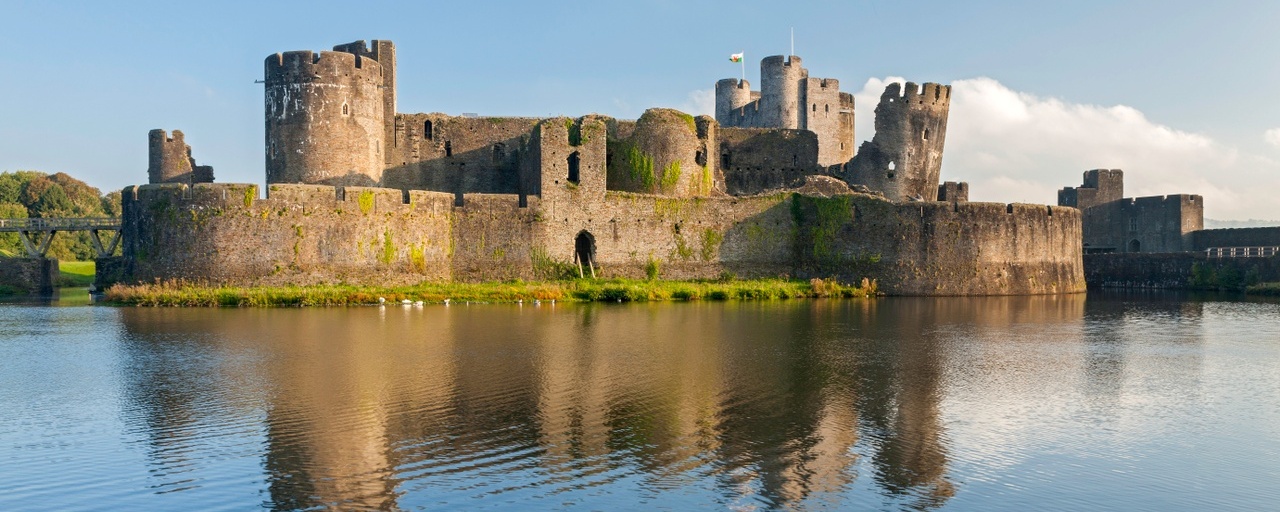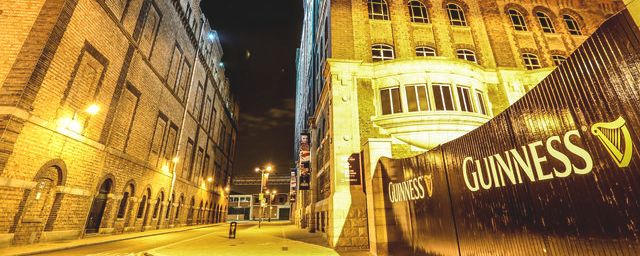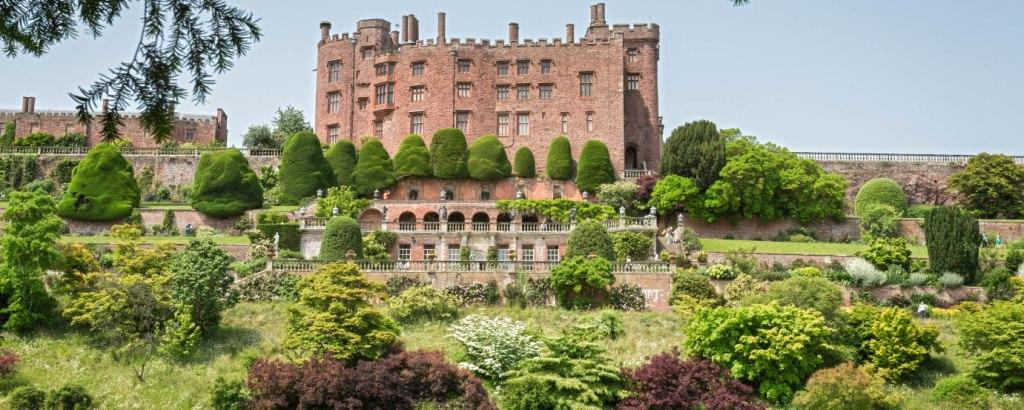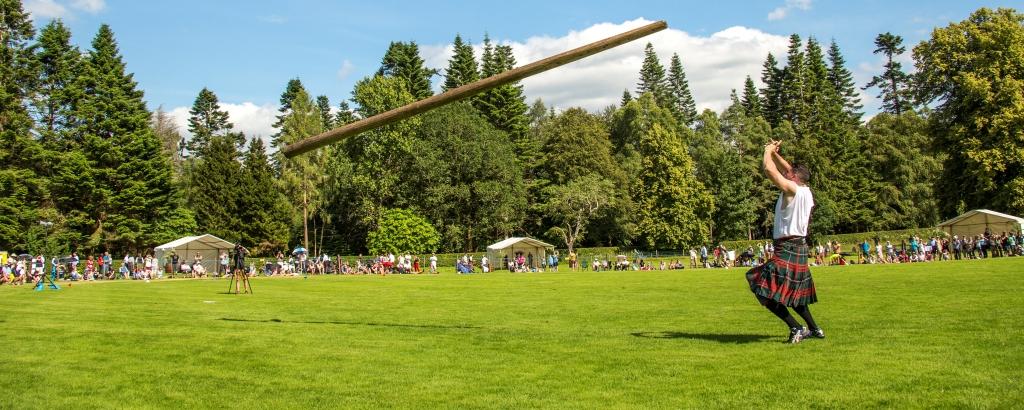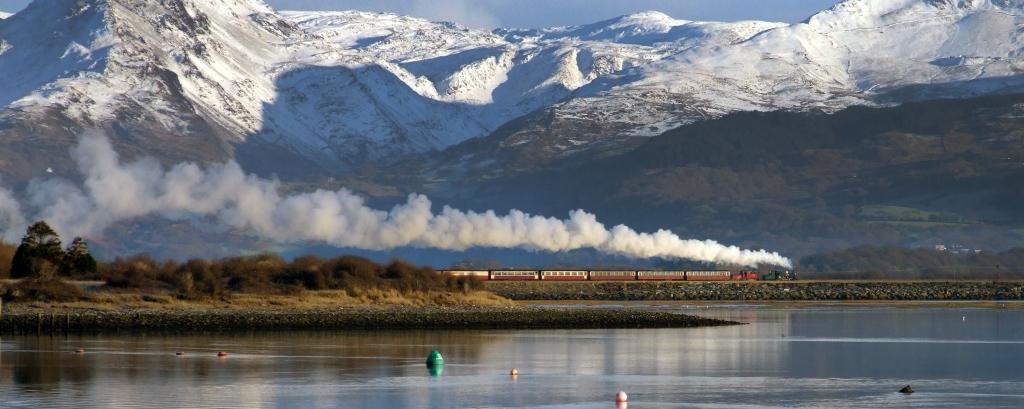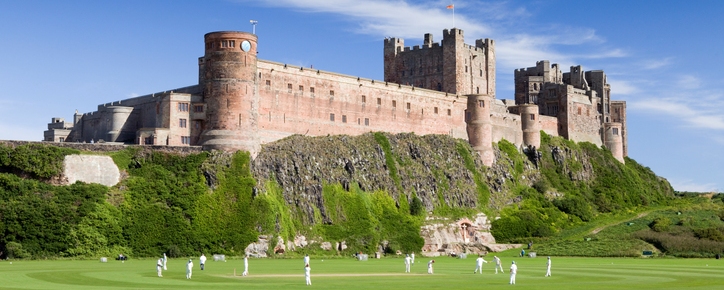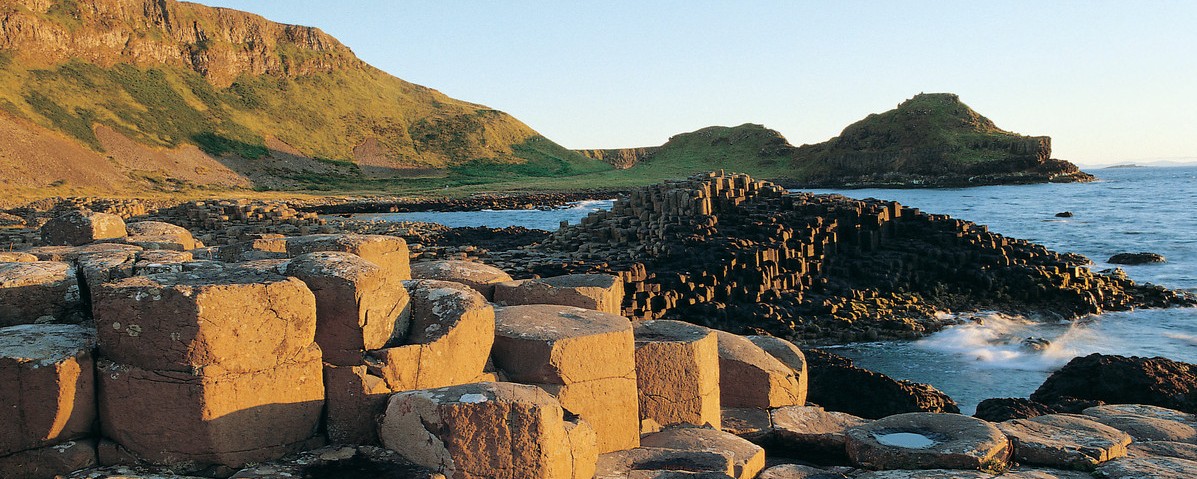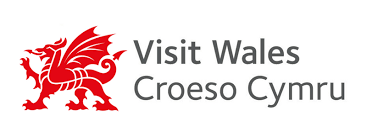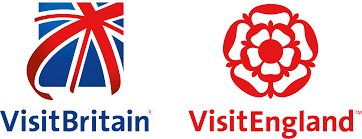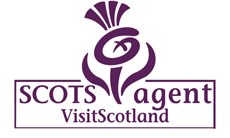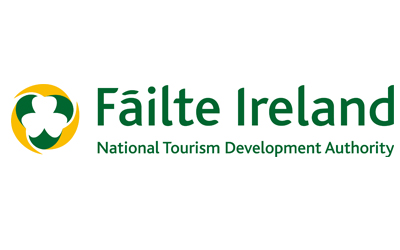The Royal Mews at Buckingham Palace celebrates its 200th anniversary
The Royal Mews at Buckingham Palace in London, one of the finest working stables in existence, is celebrating its 200th anniversary in 2025.
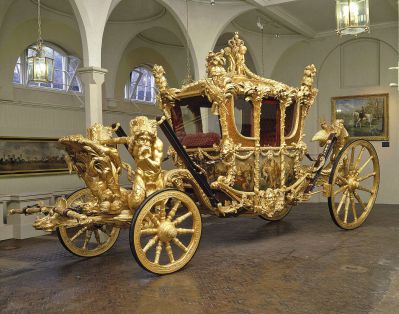 The Gold State Coach, 1762, has been used at every coronation since 1831.
The Gold State Coach, 1762, has been used at every coronation since 1831.
The Royal Mews is home to the historic coaches and carriages used by the Royal Family, including the spectacular Gold State Coach used at the Coronation. The Mews, which is open to the public, has played a major part in every coronation and royal wedding since it was built and gives visitors a behind-the-scenes insight into these magnificent royal events.
From housing a school for the children of Buckingham Palace staff during Queen Victoria’s reign, to being bombed during the Second World War, and as a living community to this day described by Queen Elizabeth II as a ‘small village which belongs to Buckingham Palace’, the Royal Mews has played an important role in London and the nation’s history ever since it was built 200 years ago.
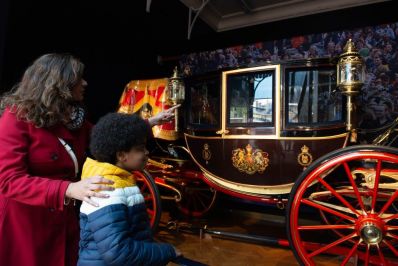 Visitors viewing the Glass State Coach, on display at the Royal Mews.
Visitors viewing the Glass State Coach, on display at the Royal Mews.
The Royal Mews was built in 1825 for King George IV and designed by the architect John Nash, who was charged with turning Buckingham House into a palace. For a cost of over £65,000, Nash built grand stables for 100 horses. Prior to this, the Mews had been located at Charing Cross, on the present site of the National Gallery in London.
The name 'Mews' comes from the royal hawks that were originally kept at the King's Mews. The word 'mew' means moulting, and the birds were kept in a 'mews' as they weren’t used for hunting whilst their feathers moulted. The building at Charing Cross housing the original Mews was rebuilt as stables but kept the name 'Mews' even though it had a different function.
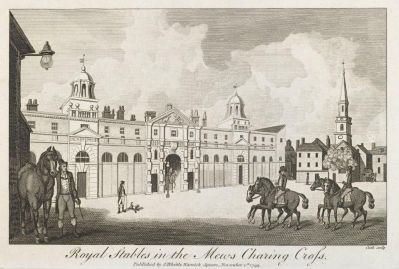
The Royal Mews at its original location at Charing Cross.
The Mews was, and still is, a living community – with generations of Palace staff and their families living on site. In 1855, Queen Victoria set up a school for the children of families who worked at the Palace and the Mews. Classes were conducted in two small rooms, where children were ‘carefully taught, and passed their examination very creditably’, as per an inspector's report from the 1870s.
During the First World War, in 1916, King George V and Queen Mary hosted a tea party for wounded soldiers at the Mews. Queen Mary described how 'they had tea first in the Coach Houses, members of our family presiding at each table, & being helped by the ladies & gentlemen of our household, & various friends of ours' and 'the entertainments consisted of various artistes, acrobats, conjurers etc., an excellent choir singing songs of which the men knew the choruses, & sang them most lustily'.
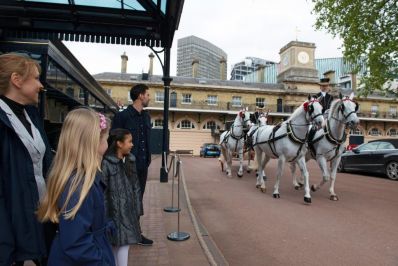 Visitors witness the daily work carried out at the Royal Mews.
Visitors witness the daily work carried out at the Royal Mews.
During the Second World War, the horses and carriages were sent away from the Mews for safety, and the Gold State Coach was moved out of London to Mentmore Towers in Buckinghamshire. The Mews suffered damage from the bomb that destroyed the chapel beside Buckingham Palace, the site of which later became The King’s Gallery.
The Royal Mews has been open to the public in some form throughout its 200-year history, with the first mention of people applying to visit in 1852 and the first visitors purchasing official tickets just before the Second World War. In the months before the Coronation of Queen Elizabeth II in 1953, the Mews became a popular visitor attraction, receiving up to 1,500 visitors a day as the event approached.
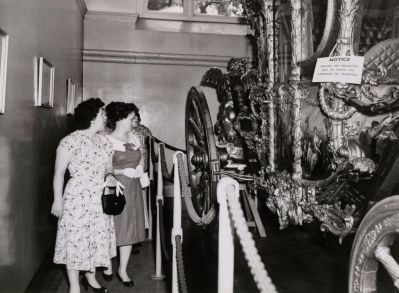 Visitors at around the time of Queen Elizabeth II’s coronation.
Visitors at around the time of Queen Elizabeth II’s coronation.
The highlight of a visit to the Royal Mews is the Gold State Coach, which has been used at every coronation since that of William IV and was most recently used at His Majesty The King’s Coronation in 2023. It was used by Queen Elizabeth II on her Coronation Day in 1953 to travel between Buckingham Palace and Westminster Abbey, when Royal Mews staff strapped a hot water bottle under the seat, as the day was unseasonably cold and wet.
Today, the Mews welcomes hundreds of thousands of visitors each year and provides a unique opportunity to go behind-the-scenes and see the work of the Royal Household department that provides road transport for The King and members of the Royal Family.
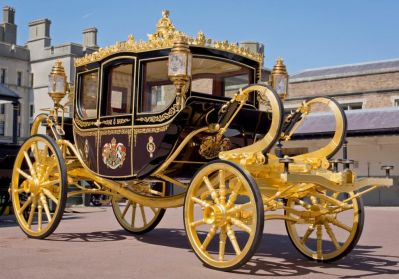 The Diamond Jubilee State Coach.
The Diamond Jubilee State Coach.
As well as the historic carriages, the Mews is home to more modern coaches, including the Diamond Jubilee State Coach, which was first used in 2014, and incorporates items relating to significant events in British history, from a musket ball from the Battle of Waterloo to a piece of a Battle of Britain Spitfire.
Visitors can often witness the daily work of the Royal Mews staff, from the feeding, exercising, mucking out and training of the Windsor Grey and Cleveland Bay horses that pull the royal carriages, to the work that takes place in the harness room throughout the day. They may also see the messenger Brougham carriage that sets out daily from the Mews to transfer post between royal residences, a task that has taken place since 1843.
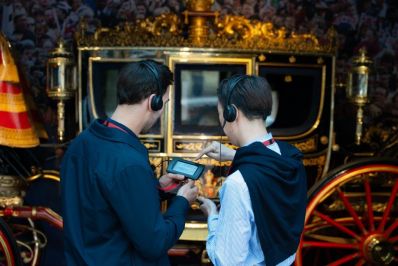 Visitors to the Royal Mews.
Visitors to the Royal Mews.
The Royal Mews, Buckingham Palace is open to the public in 2025 until 2 November, before closing for the winter months.
Janet Redler, Managing Director of Janet Redler Travel, said: “The Royal Mews has played a pivotal role in the running of the royal household for 200 years and it offers a fascinating insight for visitors into day-to-day life at Buckingham Palace, as well as showcasing the magnificent historic coaches and the horses that pull them.”
If you or your group would like to enjoy a visit to the Royal Mews at Buckingham Palace on a tailor-made trip to London or England, please contact our friendly team today. Or why not discover more of the United Kingdom's royal palaces and castles?
All images © Royal Collection Enterprises Limited 2025 | Royal Collection Trust.
